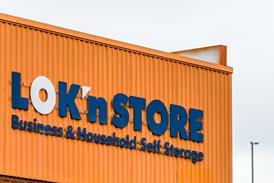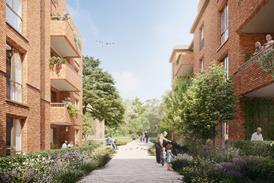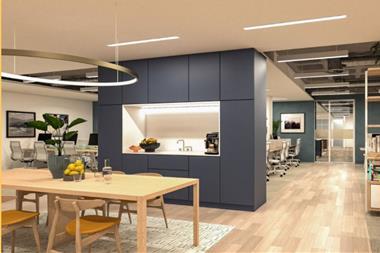The annual gathering of the World Economic Forum in Davos has been interesting to follow, particularly as the performance of the London real estate market is inextricably linked to macro-economic trends and world events.

This year I have been drawn to the debate on the ‘fourth industrial revolution’, and how we cope with and adapt to the speed of technological change.
We are yet to see artificial intelligence replace market intelligence, but there can be no question that technology is the biggest driver of change within the real estate sector.
The technological revolution is having a dramatic impact on how we live, work and play, and indeed blurs the lines between all three. As I tap these words, I occasionally break to check my emails, check the news or the latest sports scores. Am I at work, in transit or at home? Increasingly, it is difficult to tell the difference. This is now how the modern office occupier thinks.
Not so long ago there was a watershed moment in central London: take-up by DAMIT (design, advertising, media, information and telecommunications) companies began to match that of financial and professional services. It marked a fundamental shift in London’s occupational market. Traditional micro-area-based searches became central London searches with some surprising relocation results. Redundant, obsolete buildings were in huge demand.
Suddenly, the large, open floorplates favoured by the financial services sector started to include ‘in-between spaces’ - cafés, lounges and meeting areas that enable collaboration between staff. The ground-breaking technology businesses, Google being the obvious example, have driven a change in how we see the workplace. Flexible serviced office providers WeWork, The Office Group and Workspace continue to challenge how we perceive and utilise office space.
The death of the fixed office has been grossly exaggerated, but it is no longer simply where we go to perform our jobs: it is a hub where we can meet, speak and share ideas. Attracting, retaining and harnessing talent is critical to success, but talent cannot thrive in isolation. The best ideas originate through the collision of thoughts, viewpoints and personal communication. The office is continually evolving and has a really important role to play: it serves as the laboratory where these innovative ‘chemical reactions’ can occur.
London will need to deliver office space that is flexible, creative and exciting, in locations that are safe, attractive and dynamic. Buildings, workplaces and the local environment will need to be designed to enable us to ‘live, work and play’ all at once. The public realm and planning uses controlled by the local authorities will continue to drive regeneration and economic development both for investors and occupiers. This is already evident in the next phase of large London developments including Battersea Power Station, Vauxhall Nine Elms, Elephant & Castle, Canada Water, the Royal Docks, King’s Cross and Paddington, where all the property uses are present. Combined live, work and play areas can be created through the Business Improvement Districts model, which has been thriving in London since its inception 15 years ago. They will become increasingly important over the next 10 years.
There will, of course, always be a place for the traditional ‘office only’ locations with limited amenities, but don’t be surprised if letting voids become longer or growth is weaker in these areas when the current low-vacancy market changes.
I never imagined that London would look as fantastic as it does today. The future technological changes and commercial occupier demands are impossible to predict, but as an industry we must work hard to meet them.
Alistair Subba Row is senior partner at Farebrother






























1 Readers' comment